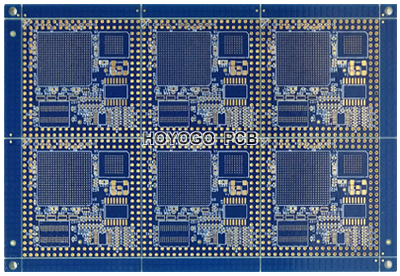What is the Role of Circuit Board Impedance?
Circuit board impedance refers to the parameters of resistance and reactance in the circuit board, which mainly hinders the alternating current. In the process of circuit board production, impedance processing is inevitable.

1. The production process of the impedance circuit board should go through the process of plated though hole, electroplating tin, connector soldering and other processes. And the materials used in these links must ensure low resistivity to ensure that the total impedance of the circuit board is low, so as to meet product quality requirements and can work normally.
2. The tin plating of the impedance circuit board is the most prone to problems in the production of the entire circuit board, and is the key link that affects the impedance. The biggest defect is easy to change color, easy to oxidize or deliquesce, and poor solderability, which will cause the circuit board to be difficult to solder, high impedance, poor conductivity or unstable performance of the whole board.
3. Various signals are transmitted in the conductors of the impedance circuit board. To increase its transmission rate, its frequency must be increased. If the circuit itself is different due to factors such as etching, stack thickness, wire width, etc., the impedance value will change, which will distort the signal and degrade the performance of the circuit board. Therefore, the impedance value needs to be controlled within a certain range.
4. In the manufacturing process of the impedance circuit board, we have to consider the electrical performance and signal transmission after installing the components. Therefore, the lower the impedance, the better.
评论
发表评论